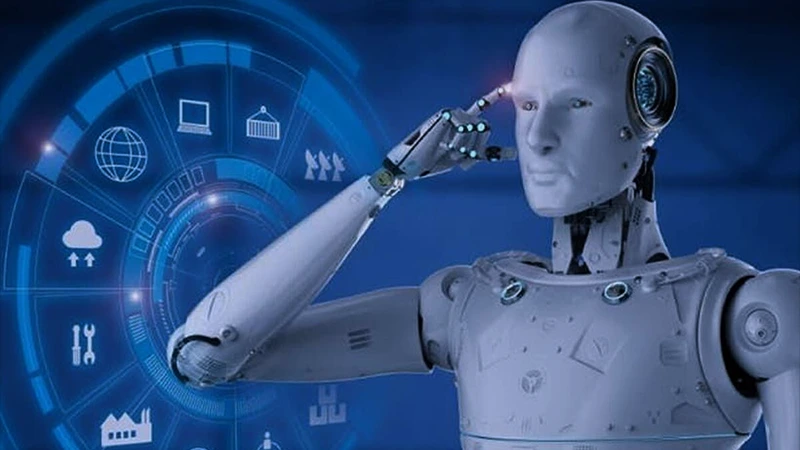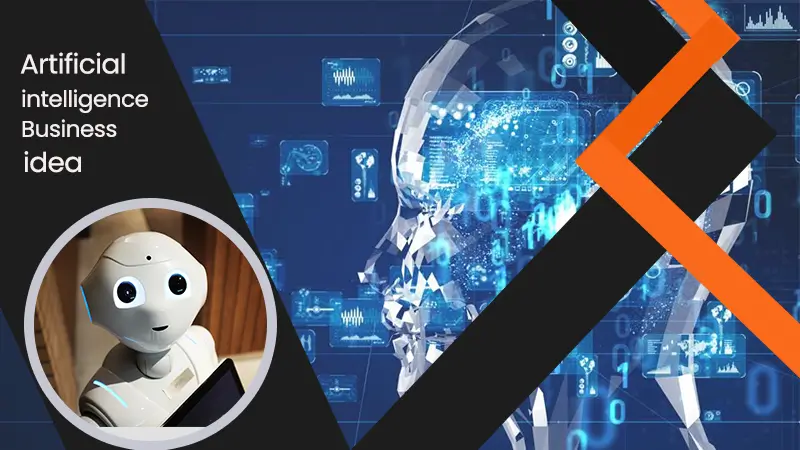What are the 7 Types of AI?
Artificial Intelligence (AI) is becoming increasingly popular due to its ability to automate complex processes, analyze large amounts of data, and make decisions based on that data. It is also becoming more accessible and affordable, thanks to advancements in computing power and the availability of cloud services. AI is revolutionizing how we interact with technology, and its applications are becoming increasingly ubiquitous.
AI technology influences our lives in various ways, from making our daily tasks easier to help us with more complex endeavors. With so much to offer, it is becoming the driving force of the modern world. If you also want to build your own AI platform, you need to hire web developers, data scientists, machine learning engineers, and other professionals. Another crucial aspect is the type of AI technology you want to implement. In this blog post, we’ll review the different types of AI. So, let’s begin.
Types of AI Depending on the Functionality
AI technology is diverse, and its functionality varies widely. Below are the four types of AI depending on their functionality:
Reactive Machines AI
Reactive machines are basic AI systems that don’t store data or information from past events and can only react to present situations. It is the initial phase of AI implementation, where decisions are made based on the environment or given situation. This technology can perceive and navigate words but cannot learn from their experience. It means that their application is limited and does not offer cost-cutting benefits.
This type of AI solution can respond to a particular set of instructions without the ability to differentiate between similar inputs. Reactive machines are used in applications that require fast and accurate decisions, such as playing a game of chess. Examples of reactive machines include IBM’s Deep Blue chess computer, Google’s AlphaGo, and Apple’s Siri.
Limited Memory AI
Unlike reactive machines, limited memory AI is more advanced and complex. Limited Memory AI refers to a class of artificial intelligence algorithms that use limited memory resources to store information rather than unlimited access to all information. These algorithms often use a memory buffer that dynamically updates as the algorithm processes data.
It allows them to store information relevant to the current task while discarding data that is no longer needed. This approach is useful for solving problems where the amount of information is too large to be processed all at once and also improves the efficiency of AI algorithms by reducing the amount of memory needed to store data.
This type of AI is created by a team of experts who train the machine and provides it with the data it needs to learn from its environment. During the model’s training, the machine is provided with certain examples and is expected to identify patterns from them. Machine learning algorithms enable the machine to recognize patterns and make predictions based on them. These algorithms are widely used in applications such as facial recognition, natural language processing, and robotics. Examples of Limited Memory AI include Google’s DeepMind AlphaStar and Apple’s Core ML.
Theory of Mind AI
Theory of Mind AI is the most advanced form of artificial intelligence. It is based on a theory suggesting that an AI system can think and understand like a human. This type of AI can interpret and understand emotions, motivations, intentions, and beliefs. It is something that machines have yet to achieve.
This form of AI is still in its infancy but is gradually gaining more recognition as research progresses. It relies on cognitive architectures such as neural networks and semantic nets for data processing and decision-making. This type of AI will be able to understand the environment, the fluctuation of emotions, and the consequences of its actions, allowing it to make more efficient decisions than humans.
Self-Aware AI
It is the final step of AI development, and it involves the ability of a machine to be self-aware. The AI system can recognize itself as an individual entity and differentiate its unique characteristics from other entities.
This type of AI is still in its early development and has yet to be implemented in any real-world application. However, research is ongoing, and experts believe that this technology will be able to recognize its thoughts, emotions, and actions and can learn from its mistakes.
Types of AI Depending on the Technology
Following are the types of AI based on the technology used:
Artificial Narrow Intelligence (ANI)
This type of Artificial Intelligence is used in the most basic AI applications. It applies pre-defined rules and algorithms to solve specific problems without any learning capability or decision-making skills. It’s a weak AI and the most commonly used AI. If this AI goes beyond its limitation, it cannot work properly. For example, if you create codes for a game, you would use this type of AI. However, to create a hybrid app where the AI can make decisions based on its learning, you would require a stronger type of AI or hire a hybrid app developer.
Artificial General Intelligence (AGI)
This type of Artificial Intelligence is considered as strong AI. It can learn, adapt, and make decisions like humans. With this type of AI, machines can work independently without human intervention or supervision. AGI is still in its infancy and needs more advancements to become completely autonomous.
Artificial Super Intelligence (ASI)
This type of Artificial Intelligence is far ahead of the existing AI technologies like AGI and ANI. While AGI can learn and make decisions, ASI can surpass this capability. It can think abstractly, interpret its environment, use creativity to solve problems, and make complex decisions with high accuracy. This type of AI has yet to be developed and implemented in the real world.
What Makes a Good AI Content Generator
Unleash the Future of Crypto Trading Using Artificial…
Unpacking 123RF’s Revolutionary Tools
Comprehensive Review of Bit Index AI
How You Can Use AI to Optimize Your…
Why 123RF PLUS is Worth a Quick Look…
Overview of Products from DistanceMatrix











